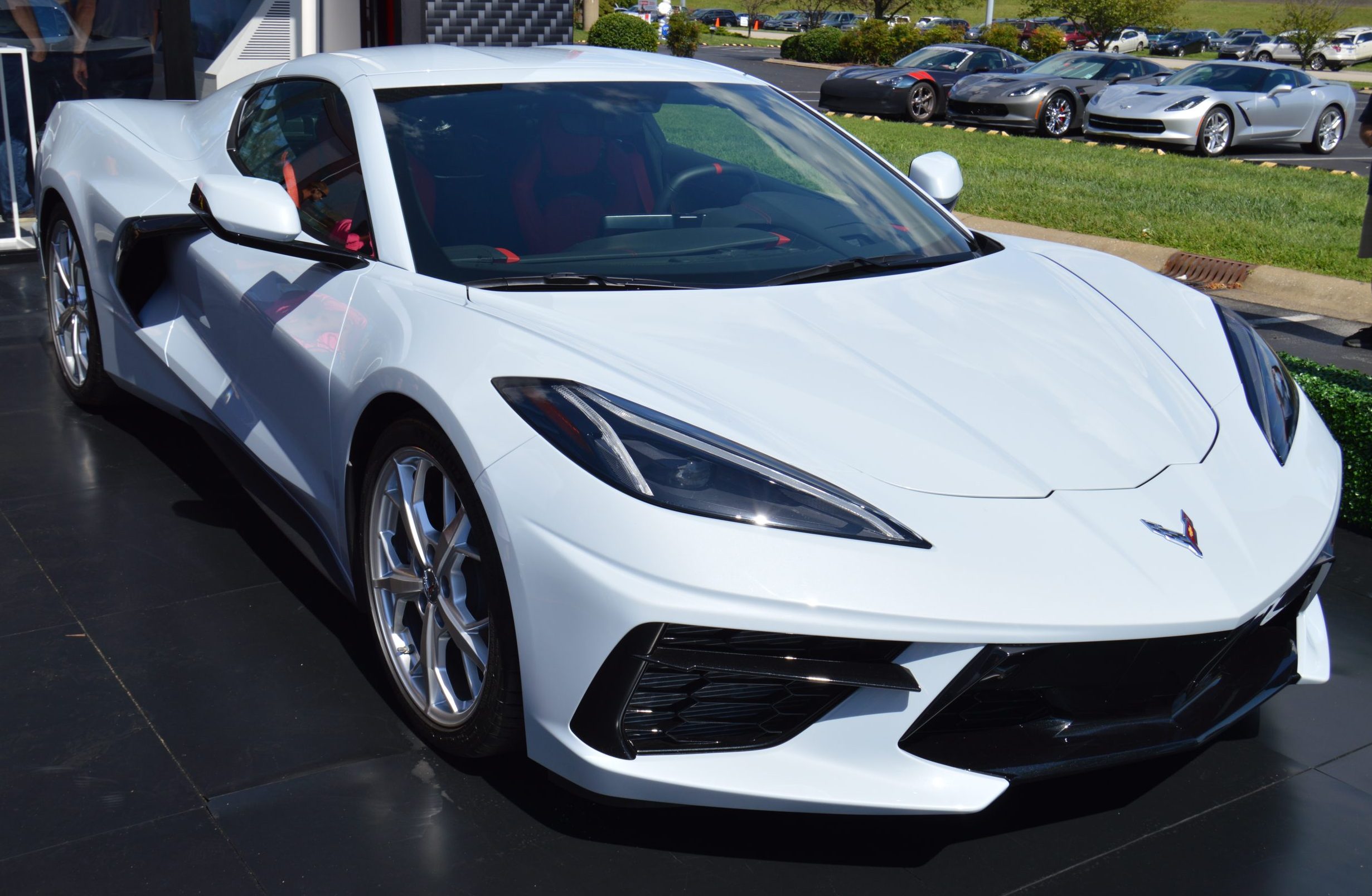Are You Considering a Mid-Engine C8 Corvette Stingray?? Here’s Everything You Need to Know!
For the past seventy-plus years, Corvette ownership has been an outward expression of the American Dream, the two-seater sports car that looks as stunning on the open road as it does parked next to the white picket fence that frames the idealistic family home. Although the reality of Corvette ownership is that, for many, it comes later in life once the kids have grown and found their way through college and out into the world this is not always the case. While purchasing a NEW Corvette might push the limits of the household budget for some, the USED car market has made the possibility of Corvette ownership far more affordable for nearly any budget, even making it more manageable when considering the purchase of the latest iteration of America’s Sports Car – the mid-engine, eighth-generation Corvette Stingray.
Now, in the interest of not sounding like we’ve completely lost our grip on reality, we recognize that most used C8 Corvettes still fetch some pretty significant dollars, especially those examples that have lower mileage and have been well maintained. We understand that there are other, more affordable choices out there, and we’ve assembled buyers guides for each of those models too. If you are interested in learning more about any of these, please make sure to use one of the following links to find your way over to those guides:
No Subscription? You’re missing out
Get immediate ad-free access to all our premium content.
Get Started



